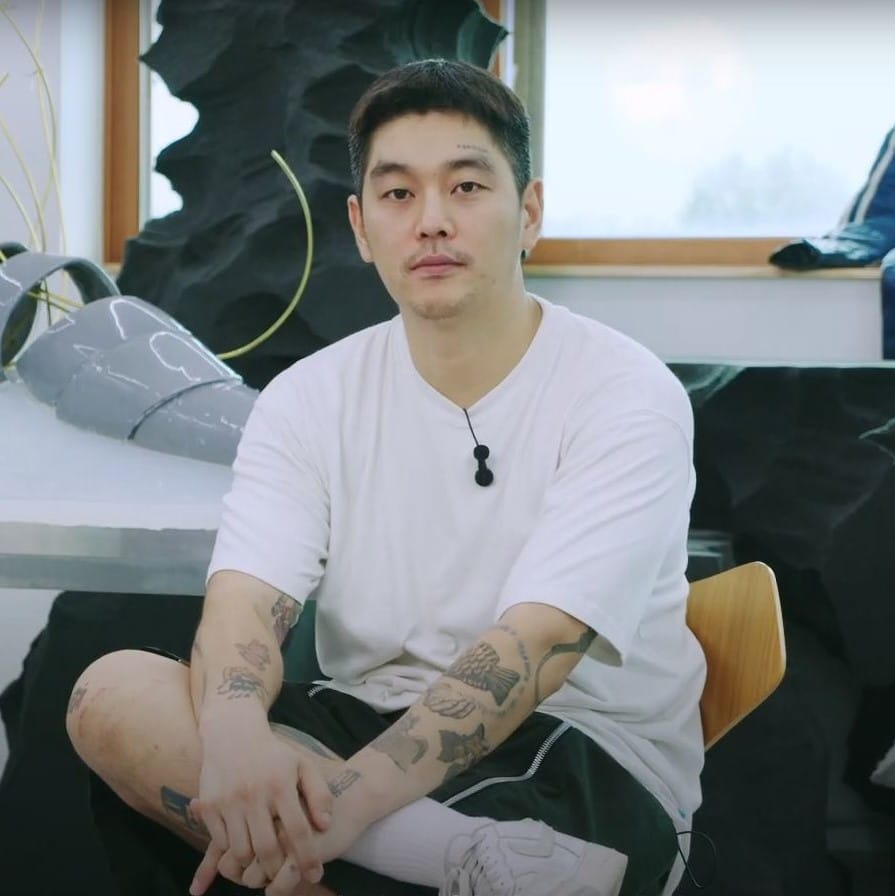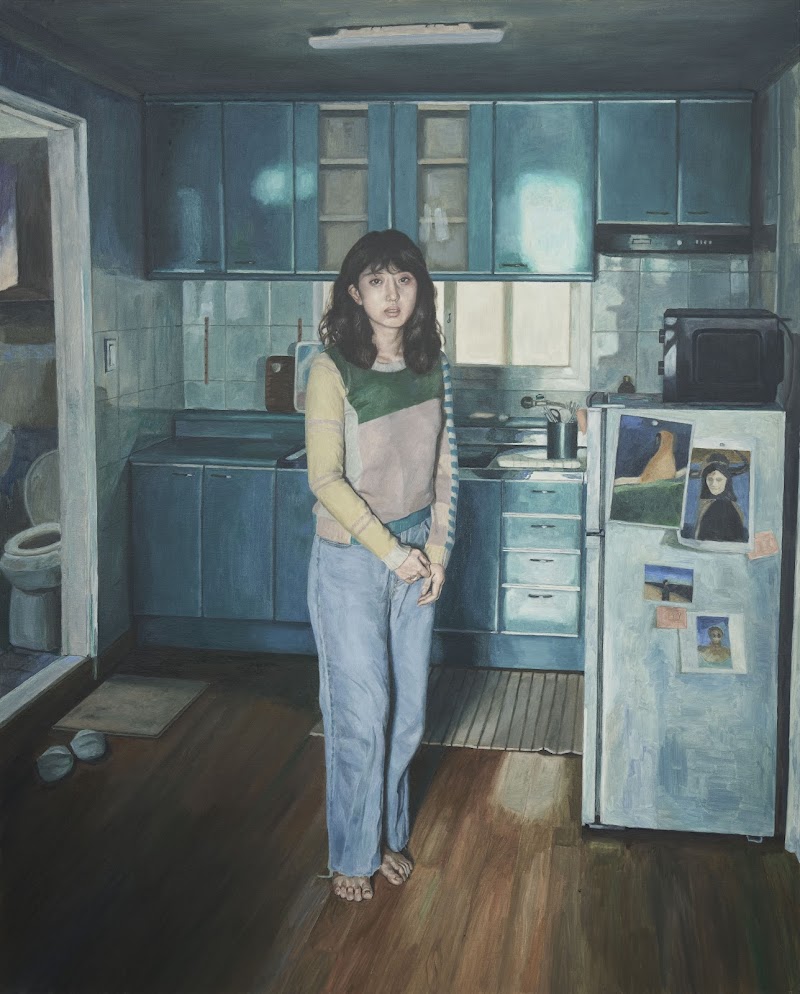The global success of Korean arts and culture has been extensive in recent years. After the outbreak of the COVID-19, the art market has also been fast-growing in drawing international attention.
Since last year, a number of art fairs and auctions have been reporting record-breaking sales results, and international galleries have been opening spaces in Seoul. Frieze also announced the opening of its first Asian fair in Seoul.
It is not only the art market that has been growing recently. A number of announcements have been made about new art museum branches planning to open their doors to offer more opportunities for the public to enjoy contemporary art.

Exterior view of SeMA Art Archives, Seoul. ⓒ studio_kdkkdk
The Art Archives, a new branch of the Seoul Museum of Art (SeMA), will open in Pyeongchang-dong in August. SeMA currently has seven branches: SeMA’s main museum, Buk-Seoul Museum of Art, Nam-Seoul Museum of Art, Nanji Residency, SeMA Bunker, SeMA Storage, and Nam June Paik Memorial House.
SeMA announced that they will be opening two other outposts, Seo-Seoul Museum of Art in Geumcheon-gu specializing in digital art and a photography art museum in Dobong-gu, and operating ten buildings by 2024.

Exterior view of the former Chungcheongnam-do provincial government building, Daejeon. ⓒ THE PROVINCE OF CHUNGCHEONGNAM-DO.
The National Museum of Modern and Contemporary Art (MMCA) announced at a press conference on the sixth that it would set up a branch in Daejeon city, South Korea’s fifth-largest metropolis in the central part of the country.
The museum will take over the former Chungcheongnam-do provincial government building, a historical building built in 1932. Planned to be opened by early 2026, the new branch will operate as a storage and conservation center, and other project spaces are planned to be completed by 2026.
The MMCA currently runs four branches: Seoul, Gwacheon, Deoksugung, and Cheongju.

Part of the Lee Kun-hee Collection on view at the MMCA.
A new national art museum will be built for the Lee Kun-hee collection that was donated by the Samsung family to the government last year. The collection consists of 21,693 traditional artworks and 1,488 modern and contemporary artworks, which is currently stored in the National Museum of Korea and the MMCA, respectively.
The modern and contemporary art collections will be traveling to ten public art museums across the country for three years, and by 2027, all of the Lee Kun-hee collection will be housed in a new facility tentatively called Lee Kun-hee museum in Songhyeong-dong, central Seoul, near the Gyeongbok Palace.
Two art museums focusing on digital art have already opened their doors early this year.

Exterior view of Ulsan Art Museum. ©Ulsan City.
Ulsan Art Museum, which opened in January 2022, is the first public art museum founded twenty-five years after Ulsan became a metropolitan city, the seventh-largest metropolitan city in the southeast of South Korea. The museum claims to be the first contemporary art museum in Korea that focuses on media art.
Ulsan Art Museum had a total of 82,542 visitors for about three months from its opening on January 6 to April 3. In case of the last week of March, 31 percent of the visitors turned out to be from outside Ulsan. This was an average of one thousand visitors per day. The numbers show that there was considerable interest in culture and art in the local community and interest in contemporary art nationwide.

Partial installation view of 'Future Days.' "Digital Resonance," G.MAP, Gwangju, Korea. © Gwangju Museum of Art.
GMAP, Gwangju Media Art Platform, dedicated to media art, opened in Gwangju city on March 30. The platform is a branch of the Gwangju Museum of Art.
Gwangju was designated as one of the cities participating in UNESCO Creative Cities Network (UCCN) for Media Art, and it has been conducting various projects throughout the city, specializing in media art, as well as establishing an institution that converges art and technology.
Gwangju City aims to become a media art hub connecting the world and a city where people can experience various kinds of media art experiences, such as artificial intelligence, virtual reality, advanced technology, and media art both inside and outside the platform.
It is expected that the number of art museums in Korea will increase in the future.
One of the reports issued by the Ministry of Culture, Sports, and Tourism of Korea overviews all the arts and cultural infrastructures in the country. It indicated that as of 2021, 271 art museums are operating nationwide. This is about a fourfold increase over the past 15 years compared to the 66 art galleries in 2003.
In 2019, the Ministry of Culture has announced a strategic plan for museums, with a goal of increasing the number of art museums to 297 by 2023.
References
- 서울시립 미술아카이브, Art Archives, Seoul Museum of Art (SeMA)
- 국립현대미술관, the National Museum of Modern and Contemporary Art, Korea (MMCA)
- 울산시립미술관, Ulsan Art Museum
- 광주시립미술관 Gwangju Museum of Art
- 문화체육관광부 (Ministry of Culture, Sports and Tourism), 2021 전국 문화기반시설 총람, 2021. 12. 29
- 문화체육관광부 (Ministry of Culture, Sports and Tourism), 전국 박물관·미술관 ‘더 알차게, 더 가깝게’, 2019. 6. 24























